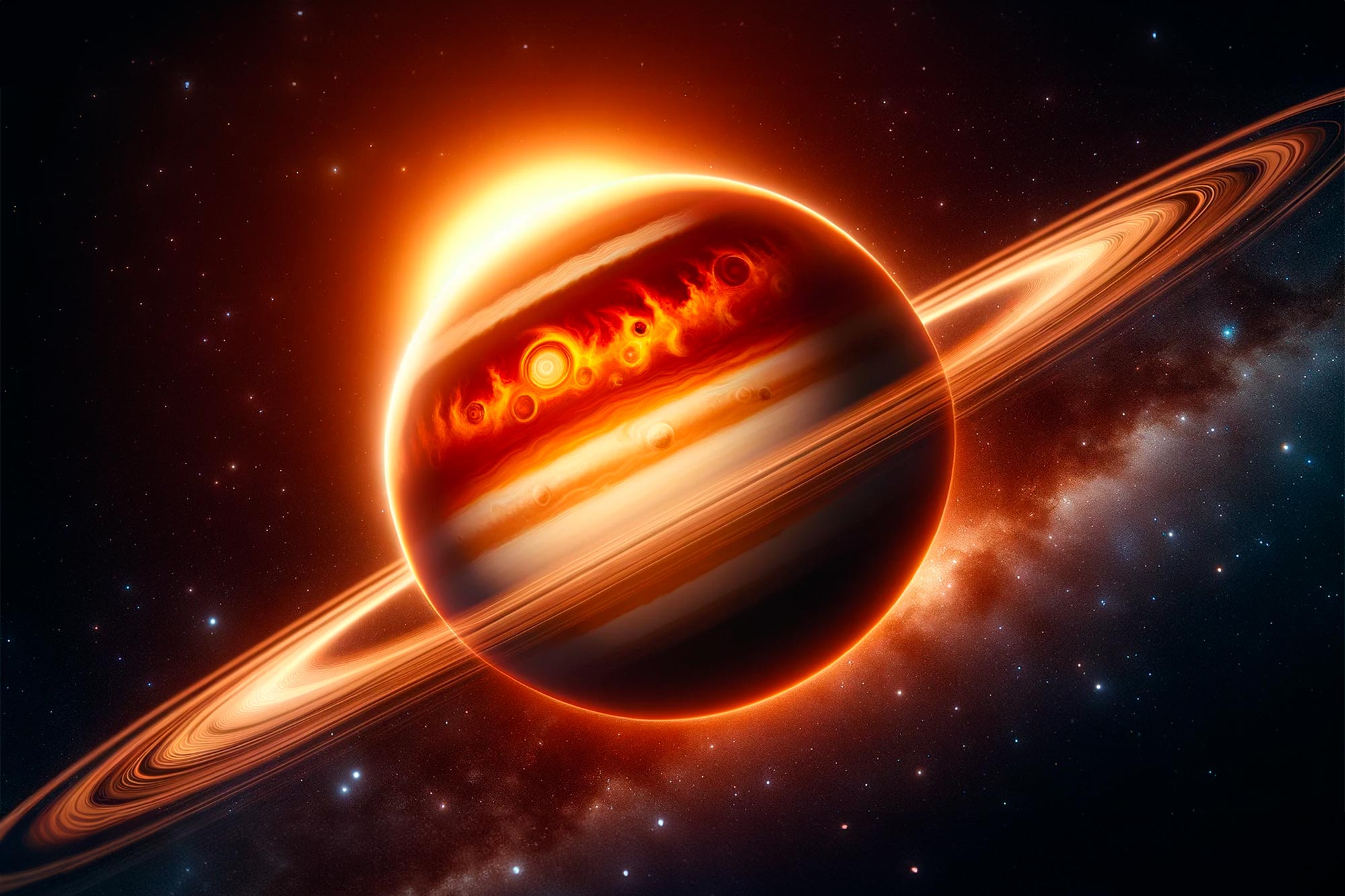
Paris:
Sometime between now and September, a massive explosion will erupt in the night sky 3,000 light-years from Earth, giving amateur astronomers a once-in-a-lifetime opportunity to view this space oddity.
The binary star system in the constellation Corona Borealis – the “Northern Crown” – is usually too faint to be seen with the naked eye.
But every 80 years or so, exchanges between its two stars, locked in a deadly embrace, trigger a runaway nuclear explosion.
The light from the explosion travels across the universe and makes it appear as if a new star — as bright as the North Star, according to NASA — has suddenly appeared in the night sky for a few days.
This will be at least the third time humans have witnessed this event, which was first discovered by Irish scientist John Birmingham in 1866, then reappeared in 1946.
Sumner Starfield, an astronomer at Arizona State University, told AFP that he was very excited to see the nova “explode.”
After all, he has worked on the T Coronae Borealis – also known as the “Blaze Star” – off and on since the 1960s.
Starfield is currently rushing to finish a scientific paper that predicts what astronomers will discover about the repeating nova when it appears in the next five months.
“I could be like that today… but I hope it's not like that,” he said, laughing.
White dwarf and red giant
Starfield explained that there are only about 10 recurring novae in the Milky Way and its surrounding galaxies.
Regular novae explode “maybe every 100,000 years,” he said. But recurring novae repeat their explosions on a human timeline because of the strange relationship between their stars.
One is a cold, dead star called a red giant, which has burned up its hydrogen and expanded dramatically — a fate that awaits our sun in about five billion years.
The other is a white dwarf, which is a later stage of a star's death, after the entire atmosphere has been blown away and only the incredibly dense core remains.
The size disparity between them is so great that the white dwarf T Coronae Borealis takes 227 days to orbit its red giant, Starfield said.
The two are so close that the material ejected by the red giant collects near the surface of the white dwarf.
Once the Earth's mass accumulates roughly on the white dwarf — which takes about 80 years — it heats up enough to start a runaway thermonuclear reaction, Starfield said.
This leads to a “big explosion and within a few seconds the temperature rises to 100-200 million degrees Celsius,” said Joachim Kreuter, a retired German astronomer who studied the nova.
The James Webb Space Telescope will be just one of many eyes on the Corona Borealis flurry once it begins, Croater told AFP.
But you don't need such advanced technology to witness this rare event – whenever it happens.
“You simply have to go out and look in the direction of the Corona Borealis,” Croater said.
Some lucky skywatchers are already preparing for the biggest astronomical event of the year on Monday, when a rare total solar eclipse occurs across a sector of the United States.
(Except for the headline, this story has not been edited by NDTV staff and is published from a syndicated feed.)

“Explorer. Unapologetic entrepreneur. Alcohol fanatic. Certified writer. Wannabe tv evangelist. Twitter fanatic. Student. Web scholar. Travel buff.”



